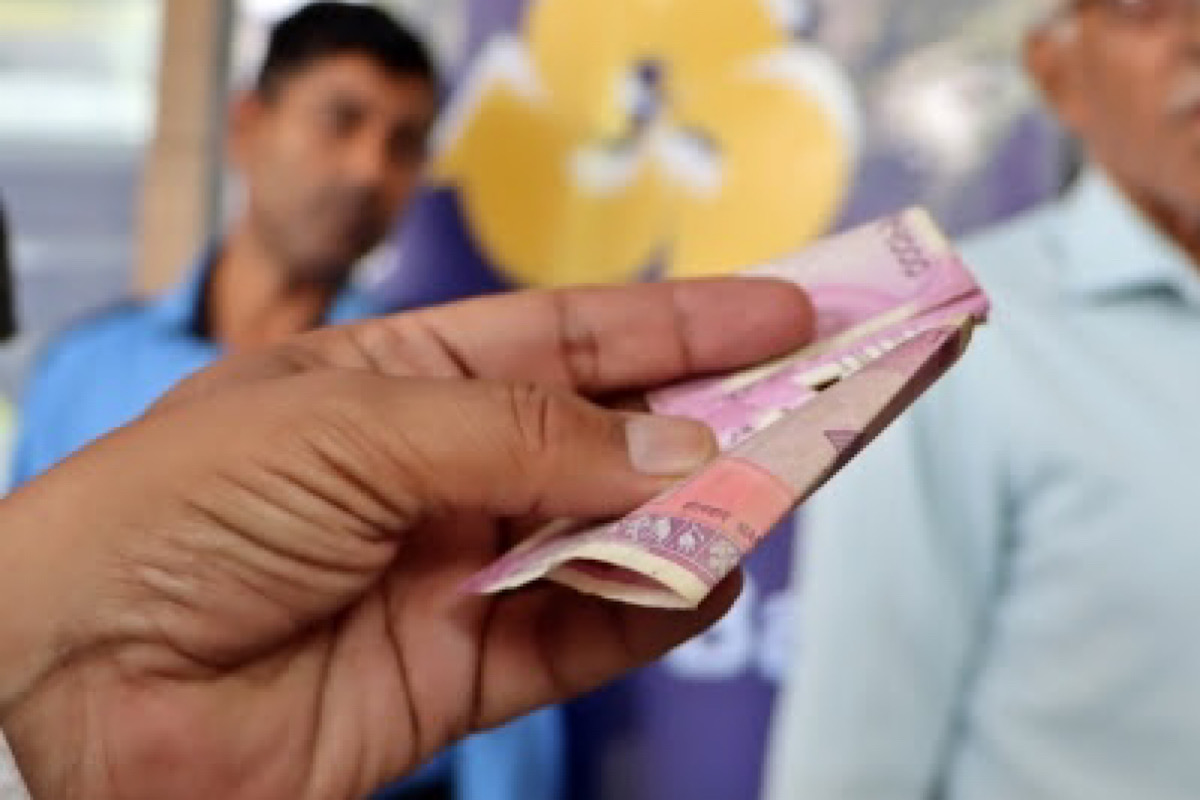One of the major benefits of the Centre’s decision to withdraw the Rs 2,000 currency note might be the immediate uptick in consumption demand, according to the State Bank of Indias Economic Research Department.
“As per our estimate consumption demand may be frontloaded by Rs 55,000 crore. With the bank note remaining a legal tender, unlike demonetisation, consumption could see a boost. Though, RBI asked customers to deposit or exchange the Rs 2,000 notes, but it is expected that high-value amounts could move to high-value spends such as gold/jewellery, high-end consumer durables like AC, mobile phones etc, and real estate,” the report said.
Advertisement
Cash transactions have sharply risen at petrol pumps and cash-paying customers are using Rs 2,000 notes.
The All-India Petroleum Dealers Association (AIPDA) has said that the digital payments, which used to be 40 per cent of daily sales at pumps, have dropped to 10 per cent while cash sales have increased dramatically.
People have also started ordering items online with the cash-on-delivery option. It is reported that nearly 75 per cent users of online food delivery aggregator Zomato opting for cash-on-delivery have been paying with Rs 2,000 notes.
Ecommerce, food and online grocery segments are likely to witness an increase in customers opting for cash on delivery.
The report expects an increase in donations through Rs 2,000 notes in temples and other religious institutions and sundry purchases such as consumer durables, boutique furniture, etc.
Around Rs 55,000 crore could be withdrawn by public from Rs 92,000 crore saving bank deposits to be made cumulatively through Rs 2,000 notes. This should give consumption boost along with increasing the velocity of money.
“Considering the MPC of this Rs 55,000 crore at 0.7, we believe that the Private Final Consumption Expenditure (PFCE) might increase by Rs 1.83 lakh crore through the multiplier effect. Considering that ratio of PFCE to GDP at constant prices is around 58 per cent, we may expect Q1 FY24 GDP growth at 8.1 per cent with an upward bias due to the impact of this Rs 2,000 note withdrawal event. This reinforces our projection that FY24 GDP could be higher than 6.5 per cent, per the RBI estimate,” the report said.











